Breadcrumb

The overexpression of DNA repair genes in invasive ductal and lobular breast carcinomas: Insights on individual variations and precision medicine
In the era of precision medicine, analyzing the transcriptomic profile of patients is essential to tailor the appropriate therapy. In this study, we explored transcriptional differences between two invasive breast cancer subtypes; infiltrating ductal carcinoma (IDC) and lobular carcinoma (LC) using RNA-Seq data deposited in the TCGA-BRCA project. We revealed 3854 differentially expressed genes between normal ductal tissues and IDC. In addition, IDC to LC comparison resulted in 663 differentially expressed genes. We then focused on DNA repair genes because of their known effects on patients'
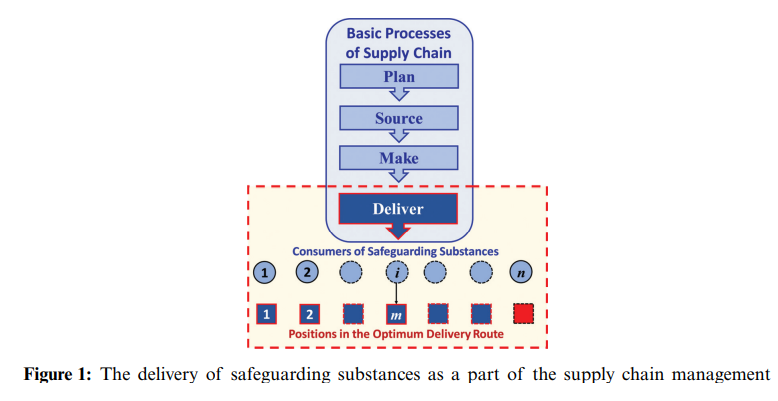
Managing Delivery of Safeguarding Substances as a Mitigation against Outbreaks of Pandemics
The optimum delivery of safeguarding substances is a major part of supply chain management and a crucial issue in the mitigation against the outbreak of pandemics. A problem arises for a decision maker who wants to optimally choose a subset of candidate consumers to maximize the distributed quantities of the needed safeguarding substances within a specic time period. A nonlinear binary mathematical programming model for the problem is formulated. The decision variables are binary ones that represent whether to choose a specic consumer, and design constraints are formulated to keep track of the
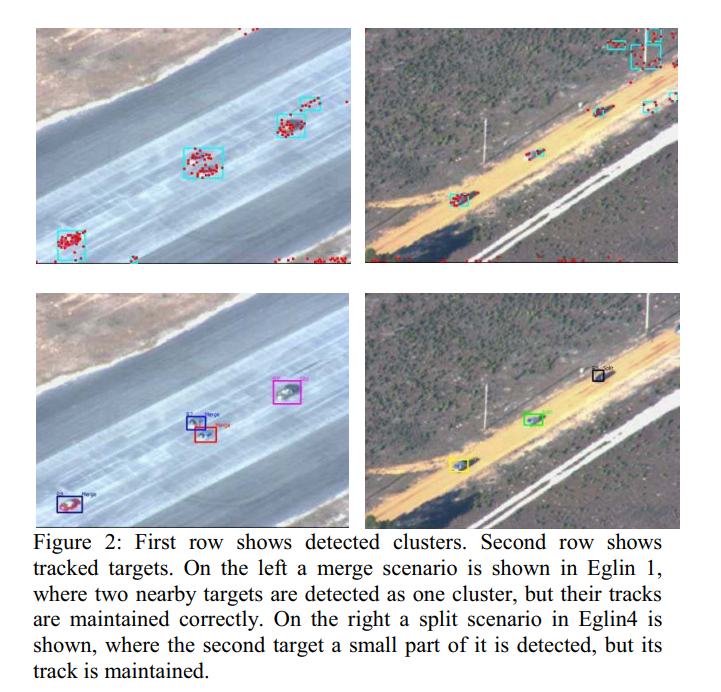
Robust autonomous visual detection and tracking of moving targets in UAV imagery
The use of Unmanned Aerial Vehicles (UAVs) for reconnaissance and surveillance applications has been steadily growing over the past few years. The operations of such largely autonomous systems rely primarily on the automatic detection and tracking of targets of interest. This paper presents a novel automatic multiple moving target detection and tracking framework that executes in real-time and is suitable for UAV imagery. The framework is based on image feature processing and projective geometry and is carried out on the following stages. First, outlier image features are computed with least
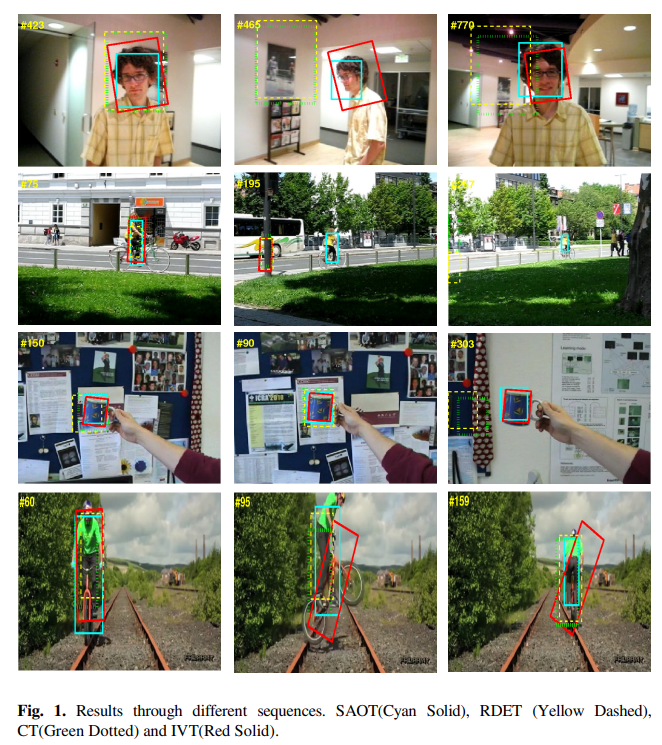
Scale-adaptive object tracking with diverse ensembles
Tracking by detection techniques have recently been gaining increased attention in visual object tracking due to their promising results in applications such as robotics, surveillance, traffic monitoring, to name a few. These techniques often employ semi-supervised appearance model where a set of samples are continuously extracted around the object to train a discriminant classifier between the object and the background whereas real-time performance is attained by using reduced object representations as in the case of the compressive tracking algorithm. However, because they rely on self

Towards cloud customers self-monitoring and availability-monitoring
As an attractive IT environment, Cloud Computing represents a good enough paradigm which governments, national entities, small/medium/large organizations and companies want to migrate to. In fact, outsourcing IT related services to Cloud technology, needs monitoring and controlling mechanisms. However, Cloud Customers cannot fully rely on the Cloud Providers measurements, reports and figures. In this book chapter, we cover the two Cloud Computing operation sides. For the first operation side, we provide advices and guidelines for Cloud layers which can be under Cloud Customer control, to allow

Vision capabilities for a humanoid robot tutoring biology
Robots are expected to be the future solution in various fields. One of these fields is education. Teachers, students and robots have to work together to make this assumption true. For this, robots must have the adequate capabilities that can help them succeed. Vision of the robot is an essential tool that the robot uses to perform several tasks. Hence, it has to be taken into consideration, the steps and the expectations for this robot vision system to surpass at least the very basic skills. Detection, recognition, and localization are the basic skills that we are implementing in our
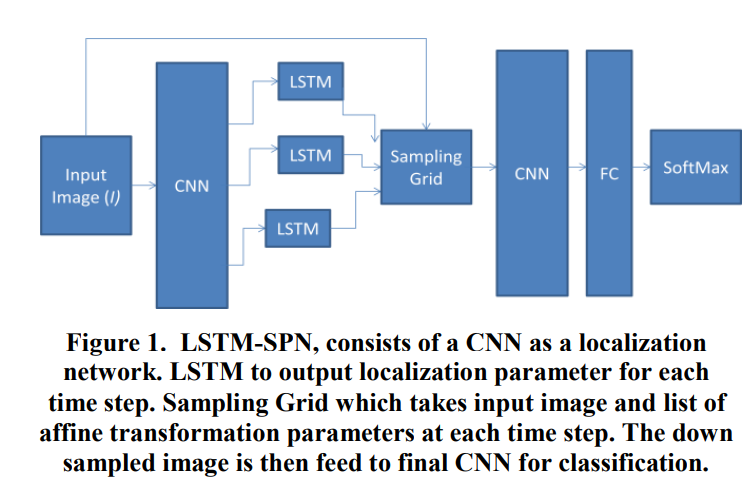
Optical character recognition using deep recurrent attention model
We address the problem of recognizing multi-digit numbers in optical character images. Classical approaches to solve this problem include separate localization, segmentation and recognition steps. In this paper, an integrated approach to multi-digit recognition from raw pixels to ultimate multi class labeling is proposed by using recurrent attention model based on a spatial transformer model equipped with LSTM to localize digits individually and a subsequent deep convolutional neural network for actual recognition. The proposed method is evaluated on the publicly available SVHN dataset where
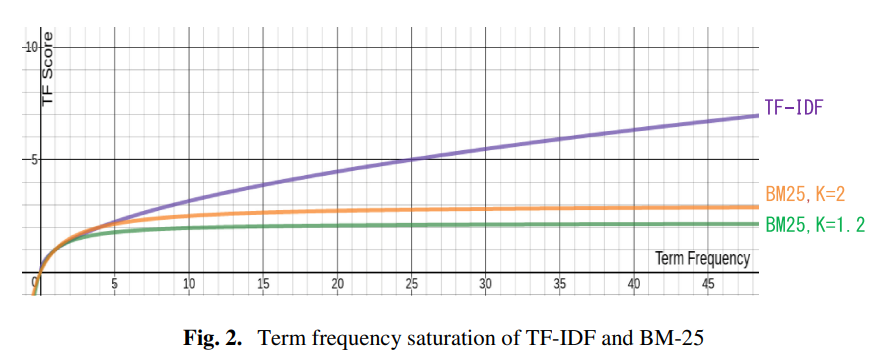
Behaviorally-Based Textual Similarity Engine for Matching Job-Seekers with Jobs
Understanding both of job-seekers and employers behavior in addition to analyzing the text of job-seekers and job profiles are two important missions for the e-recruitment industry. They are important tasks for matching job-seekers with jobs to find the top relevant suggestions for each job-seeker. Recommender systems, information retrieval and text mining are originally targeted to assist users and provide them with useful information, which makes human-computer interaction plays a fundamental role in the users’ acceptance of the produced suggestions. We introduce our intelligent framework to
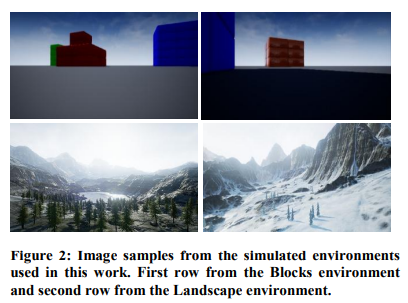
Deep convolutional neural network based autonomous drone navigation
This paper presents a novel approach for aerial drone autonomous navigation along predetermined paths using only visual input form an onboard camera and without reliance on a Global Positioning System (GPS). It is based on using a deep Convolutional Neural Network (CNN) combined with a regressor to output the drone steering commands. Furthermore, multiple auxiliary navigation paths that form a â€n˜avigation envelope' are used for data augmentation to make the system adaptable to real-life deployment scenarios. The approach is suitable for automating drone navigation in applications that

Ambient and wearable sensing for gait classification in pervasive healthcare environments
Pervasive healthcare environments provide an effective solution for monitoring the wellbeing of the elderly where the general trend of an increasingly ageing population has placed significant burdens on current healthcare systems. An important pervasive healthcare system functionality is patient motion analysis where gait information can be used to detect walking behavior abnormalities that may indicate the onset of adverse health problems, for quantifying post-operative recovery, and to observe the progression of neurodegenerative diseases. The development of accurate motion analysis models
Pagination
- Previous page ‹‹
- Page 4
- Next page ››
